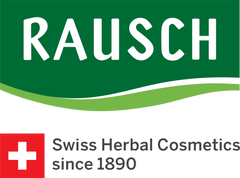Heartseed | What's that?

This abundantly luxuriant, strong vine is indigenous to India as well as to the tropical and subtropical regions of Africa and America. Besides flavonoids, tannins and alkaloids the plant also contains saponins which produce a soapy foam when shaken with water.
For this reason the balloon vine is used in its homelands for washing skin and clothing. It is valued in cosmetics and medicinally for its soothing, itch-relieving properties – a so-called natural cortisone.
In 1753 the botanist Carl von Linné christened the rampant, herbaceous vine Cardiospermum halicacabum L.. In 1780 reports came from East India and America of the soapberry (Sapindus saponaria), where the fruit of which was “... used to cleanse the hands, for washing clothes and such instead of soap”.
It was also mentioned that the North American Indians had a small soap nut which cleansed better than soap. It gets its name from its balloon-shaped fruit capsules, which contain three dark, characteristic seeds each with a white, heart-shaped marking. This conspicuous design is reflected in the Latin name Cardio-spermum, heartseed.
The natural active ingredients of Cardiospermum halicacabum L. have an anti-inflammatory and antipruritic effect. Traditionally the plant is used internally by the various tribes in regions where it is indigenous and is attributed with healing respiratory illnesses, rheumatism, digestive and derived urinary problems and menstruation ailments.
Balloon vine is mostly used in homeopathy to treat eczematous skin. For this a mother tincture is made from the flowering parts. Its effectiveness in treating itchiness and eczema has been verified in many clinical studies.

